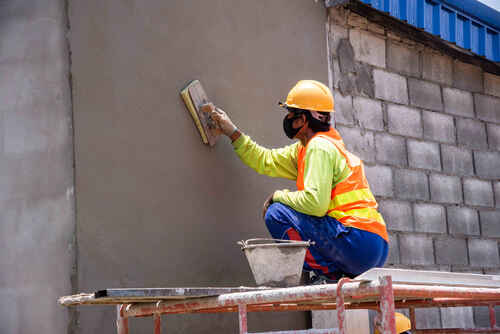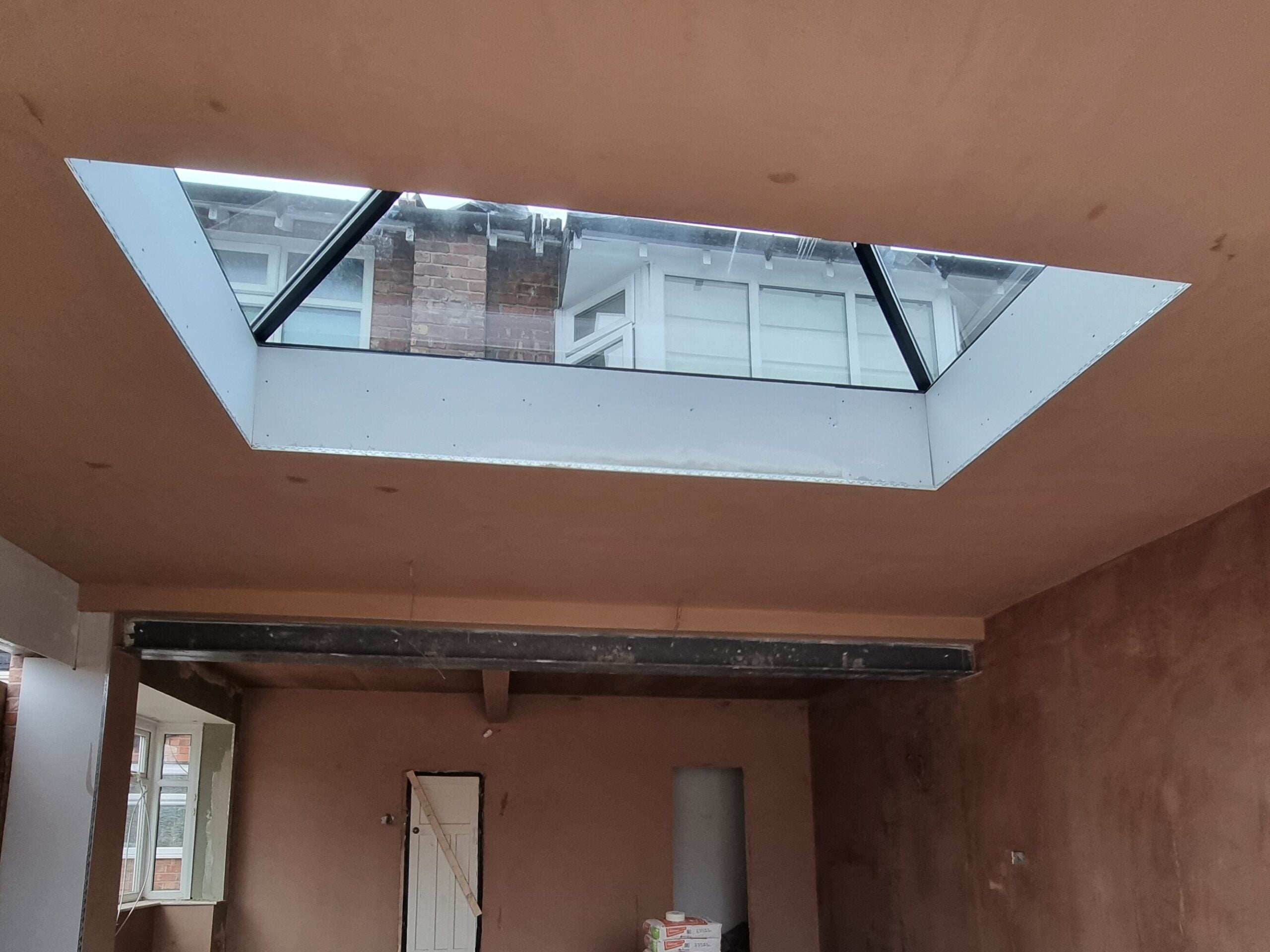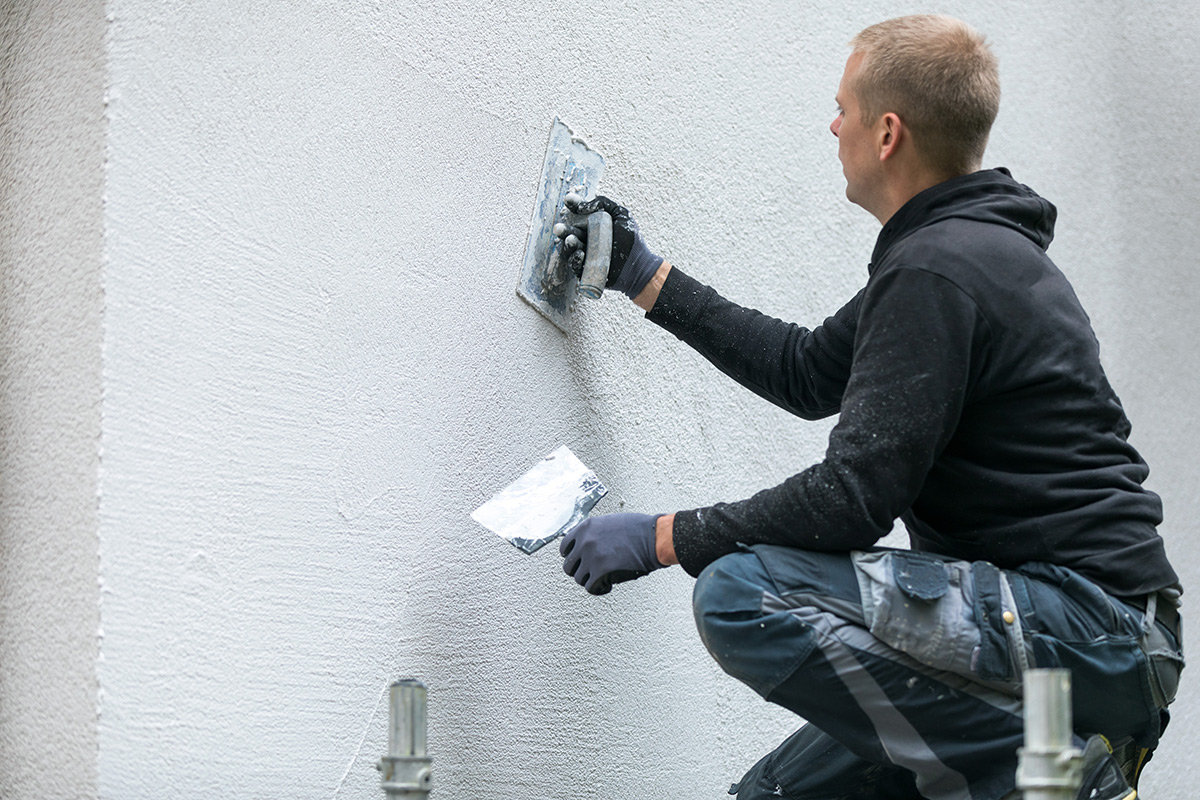Inside Plastering: Top Quality Craftsmanship for Flawless Wall Surfaces
Inside Plastering: Top Quality Craftsmanship for Flawless Wall Surfaces
Blog Article
Trick Tips and Tools for Successful Smudging in Your Home Renovation Undertakings
Achieving a remarkable plaster coating in your home enhancement projects calls for a blend of the right devices and proven methods. Understanding the subtleties of blending plaster and using it in slim layers can substantially affect the final result.
Necessary Gluing Devices
A plasterer's toolkit is essential to attaining a smooth and long lasting coating on walls and ceilings. The important tools encompass a range of executes designed to assist in the plastering procedure successfully and effectively. Key elements include a hawk, which is a level, square tool used to hold the plaster while using it to surfaces. This tool permits very easy transport and application of the material.

In addition, a blending bucket is required for preparing plaster, making certain the right uniformity before application (Plastering). Together, these crucial plastering tools enable both experts and Do it yourself enthusiasts to achieve premium outcomes in their plastering tasks.
Surface Prep Work Methods
Correctly preparing the surface before plastering is crucial for ensuring adhesion and achieving a remarkable coating. The very first step entails cleaning up the surface to remove any type of dust, oil, or old paint that may hinder the plaster's capability to bond properly. A detailed laundry with a suitable cleaning remedy is suggested, adhered to by allowing the surface and rinsing to completely dry totally.
Following, assess the surface area for any blemishes or fractures. These ought to be filled up with an appropriate filler compound and allowed to heal according to the manufacturer's instructions. For permeable surface areas, applying a guide is necessary to create an uniform appearance and improve attachment.
Additionally, it is crucial to ensure that the surface is steady and structurally sound. Any type of loosened materials, such as flaking paint or harmed drywall, need to be fixed or gotten rid of. If dealing with masonry surfaces, think about making use of a scrape coat to enhance hold.
Combining Plaster Like a Pro

Making use of a clean blending container, pour the water initially, then slowly include the plaster powder while stirring visit the website continually - Plastering. This method aids to avoid clumping and ensures an even distribution of products. A mechanical mixer can be useful, conserving and click this link supplying constant outcomes time. Purpose for a creamy, lump-free consistency that enables very easy dispersing however is thick sufficient to hold its form without running.
When blended, enable the plaster to relax for a couple of mins to make it possible for the gypsum crystals to moisturize fully. This pause enhances workability and minimizes the threat of breaking during application. By adhering to these actions, you can mix plaster like a pro, establishing the structure for a successful gluing task in your house improvement undertakings.
Application Methods for Smooth Finishes
With the plaster blend prepared to the suitable uniformity, the next step involves picking ideal application techniques to achieve a smooth coating. This device allows for a fine, also circulation of plaster across the surface area while lessening trowel marks.
Begin by applying a generous amount of plaster to the surface area using the trowel, ensuring it sticks well. As soon as the initial layer is applied, utilize a sweeping activity to smooth the surface area, applying also stress.
For the last touches, a wet sponge can be made use of to refine the surface further. Lightly haze the plaster with water and delicately massage the surface area to attain a polished result. Always keep in mind to work in tiny areas to keep control over the application procedure, making certain a smooth, expert coating throughout your plastering job.
Common Errors to Prevent
When starting a gluing project, avoiding common blunders is essential for attaining a perfect surface. One of one of the most common errors is ignoring surface prep work. Falling short to tidy and repair the substrate can result in poor bond and irregular surface areas. Make certain that all dust, grease, and loose products are eliminated before using plaster.
An additional usual mistake is using plaster also thickly. Thick layers can fracture as they dry out, endangering the integrity of the coating. Instead, choose for multiple slim layers, enabling each coat to completely dry completely before applying the next.
In addition, bad mixing techniques can cause irregular appearance and workability. Constantly follow the producer's directions for blending ratios and completely blend the plaster to attain an uniform review consistency.

Timing likewise plays a critical duty; plaster ought to be used while the substratum is damp to enhance adhesion. High-grade trowels and floats can make a significant distinction in accomplishing a smooth surface.
Final Thought
Efficient plastering requires a comprehensive understanding of necessary tools and strategies. By using proper tools, ensuring meticulous surface prep work, and adhering to recommended mixing proportions, optimal outcomes can be accomplished. Employing ideal application approaches even more improves the finish, while awareness of common errors can prevent problems. Mastery of these elements not only contributes to the aesthetic appeal of a room however likewise makes certain longevity and durability in plastering jobs, making them integral to successful home renovation ventures.
A float is another essential device, which assists in leveling the plaster and attaining an uniform surface area.

By following these steps, you can mix plaster like a professional, establishing the structure for an effective plastering project in your home enhancement undertakings.
Gently mist the plaster with water and gently rub the surface to accomplish a polished result.
Report this page